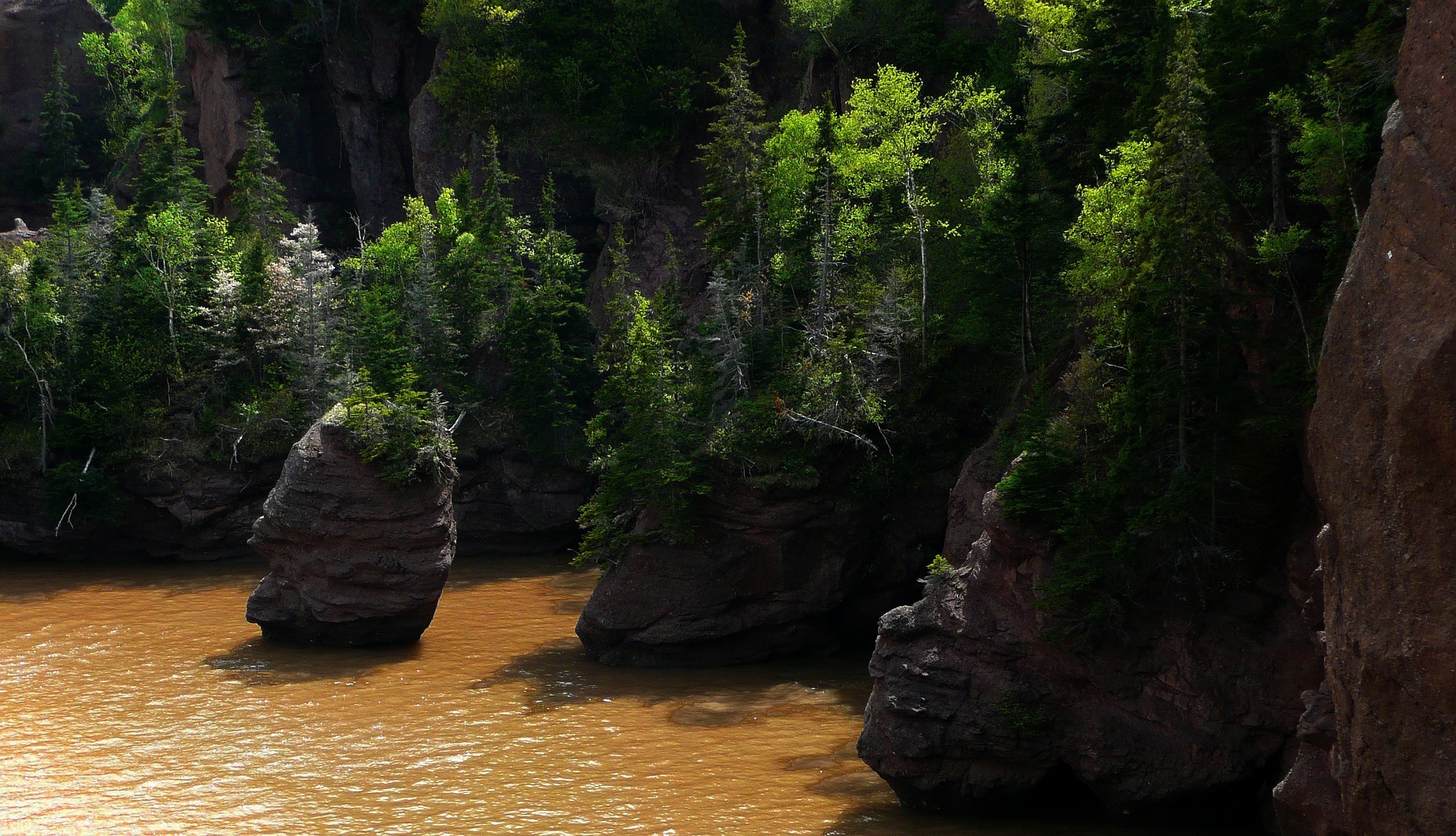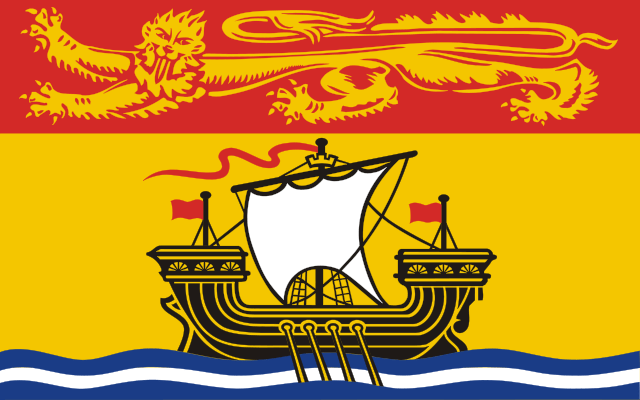Canada’s Arboreal Emblems:
New Brunswick — Balsam fir (Abies balsamea)
Return to our Arboreal Emblems of Canada resource homepage here:
Canada’s Arboreal Emblems →

Return to our Arboreal Emblems of Canada resource homepage here:
Canada’s Arboreal Emblems →


A medium size conifer, Balsam fir usually grows up to 25 m tall and 70 cm in diameter with a 7 m crown spread. It develops a symmetrical, narrow conical crown with branches extending nearly to the ground. Its leaves are needle like, flat, and rounded at the tip, and are arranged in two ranks, 15 – 25 mm long. They are dark green above and whitish below. The cones are erect, dark purple, barrel shaped and 4 – 10 cm long. The cones break up in September leaving a bare axis on the tree for several years. The bark of the Balsam fir is smooth, pale grey with resin blisters on young trees becoming roughened and reddish brown on mature trees. This tree is used in landscaping as a specimen tree although it requires moist conditions to retain its needles.
The wood of the Balsam fir is light, soft, weak, somewhat brittle, white, homogeneous, odorless, and slightly resinous. Straight grained and medium textured, it usually has a fairly large number of smallish knots. The wood glues readily, holds paint well but is considered below average in machining properties and is not very decay resistant. Balsam fir lumber is sold as construction lumber, used in construction and particle board and plywood manufacture, with large volumes being used for pulp.
Balsam fir ranges from Alberta to Newfoundland and south to Wisconsin and New York. Fairly short lived (usually 80 years) it may reach 200 years old. Resin from the blisters on young trees is used in cementing lenses and mounting specimens for observation with a microscope. Balsam fir is favoured for Christmas trees due to its lengthy period of needle freshness.